AFIN270 Assignment: Financial Modeling, Analysis, and Statistics
VerifiedAdded on 2022/11/26
|7
|1009
|181
Homework Assignment
AI Summary
This document presents a comprehensive solution to an AFIN270 finance assignment. The solution addresses various aspects of financial modeling and statistical analysis. The assignment includes questions on probability, such as constructing a duty migration table and calculating probabilities related to guard assignments in Camelot. It also covers correlation analysis, requiring the calculation and interpretation of Pearson's correlation coefficient, as well as the creation of graphs to visualize the relationship between daily returns. Further, the assignment explores regression analysis, including interpreting regression coefficients and assessing model assumptions. Finally, the document provides a solution to a problem involving the Fréchet distribution, requiring the calculation of probabilities using the cumulative distribution function. The solution demonstrates a strong understanding of financial concepts and statistical techniques.
1 out of 7
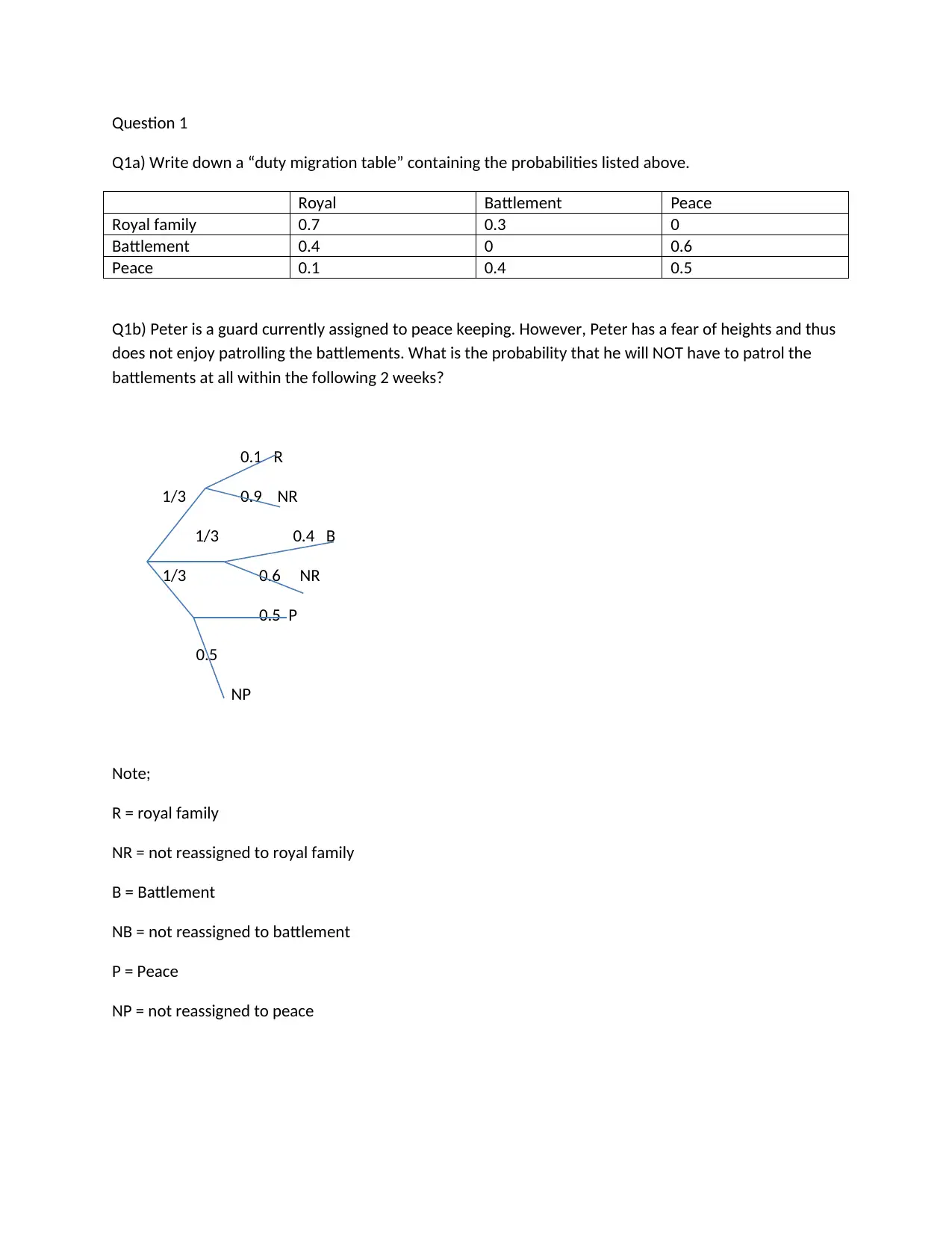

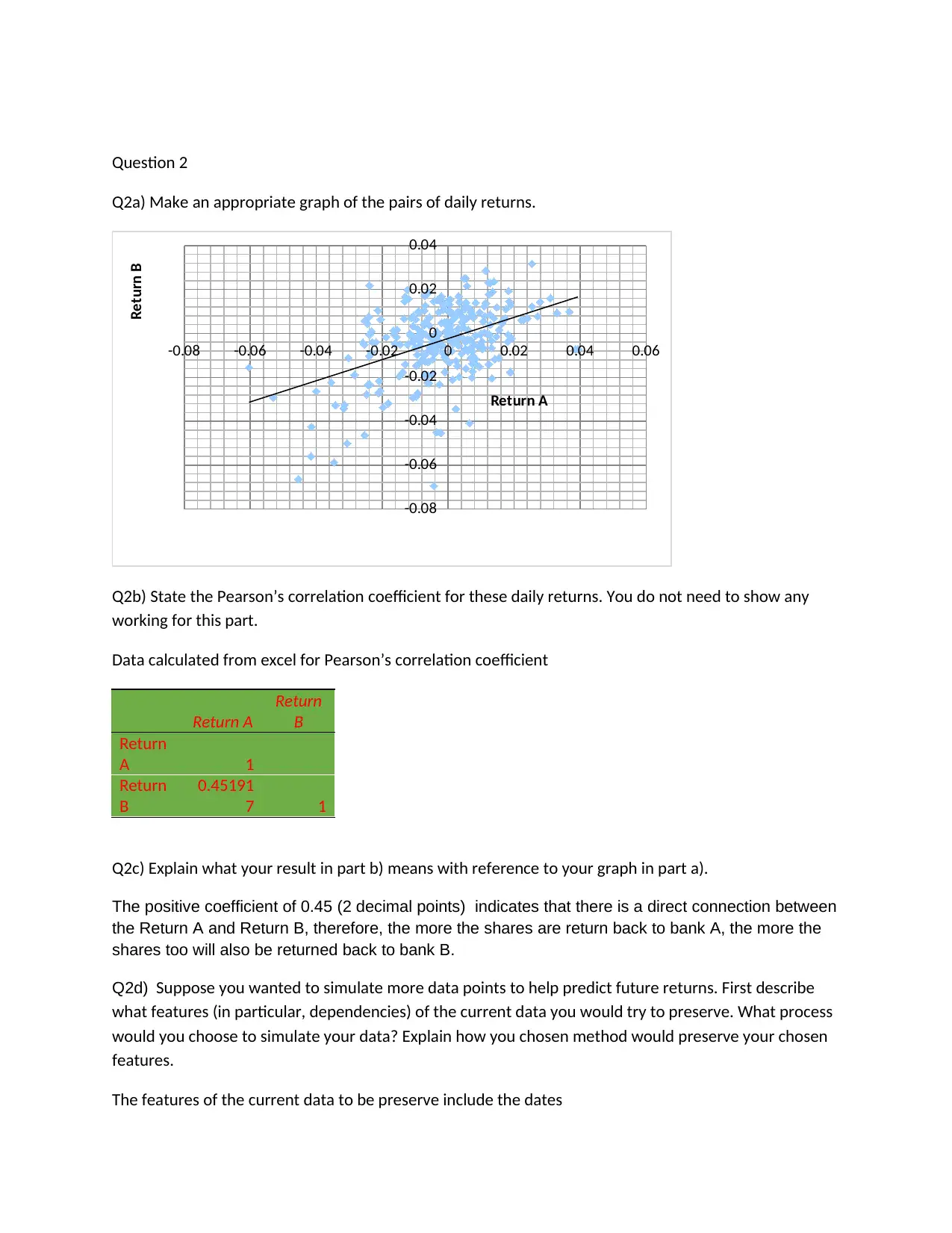

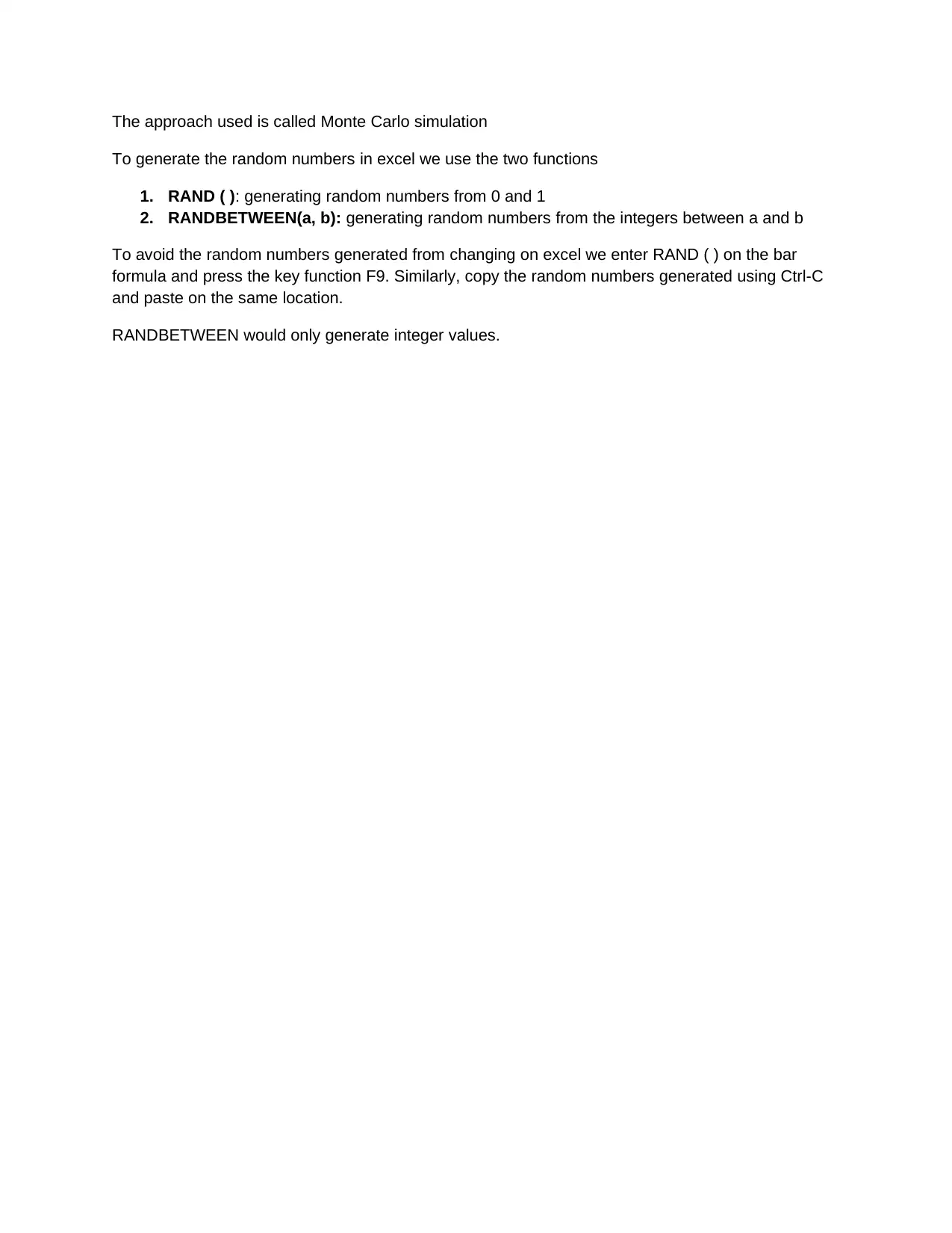

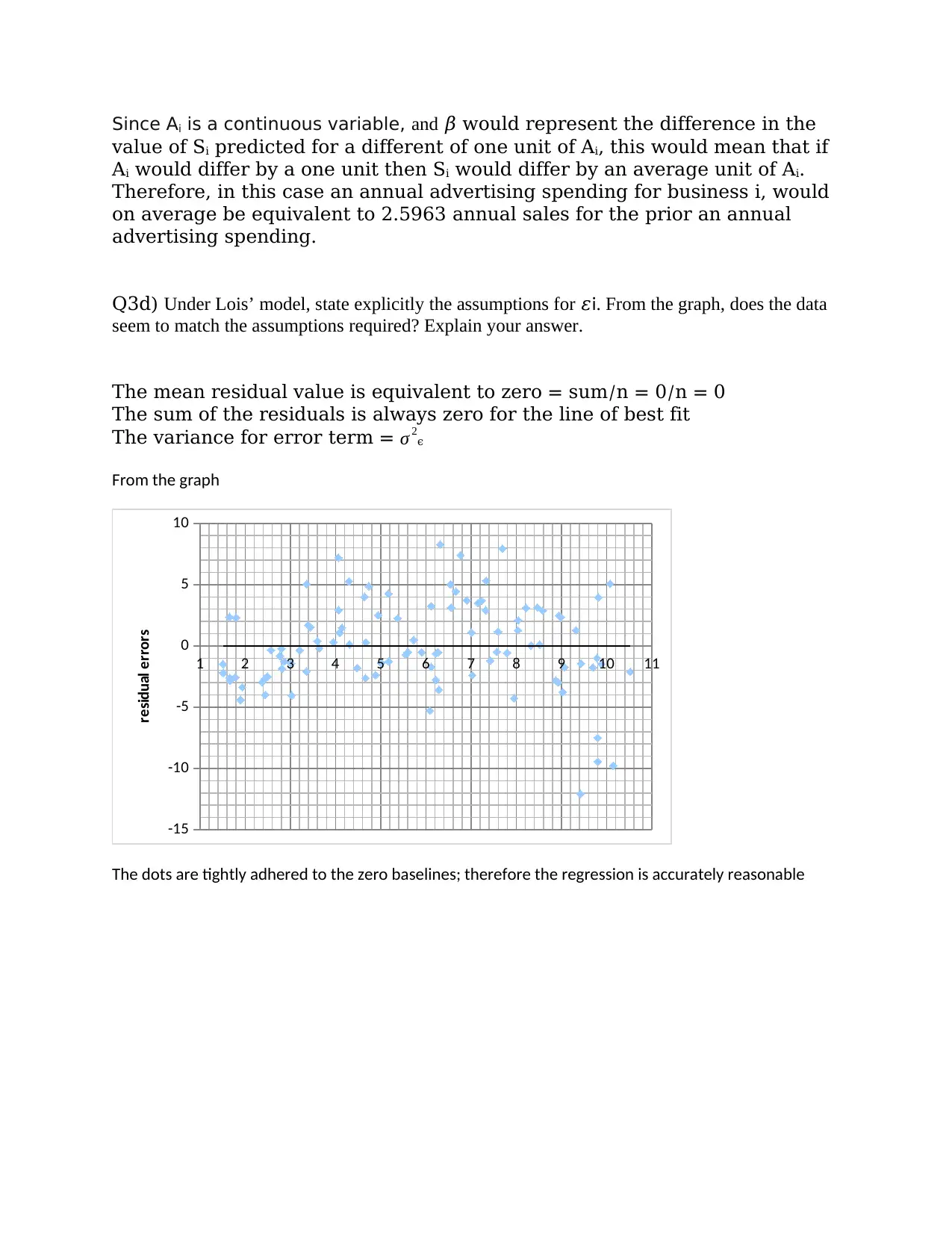
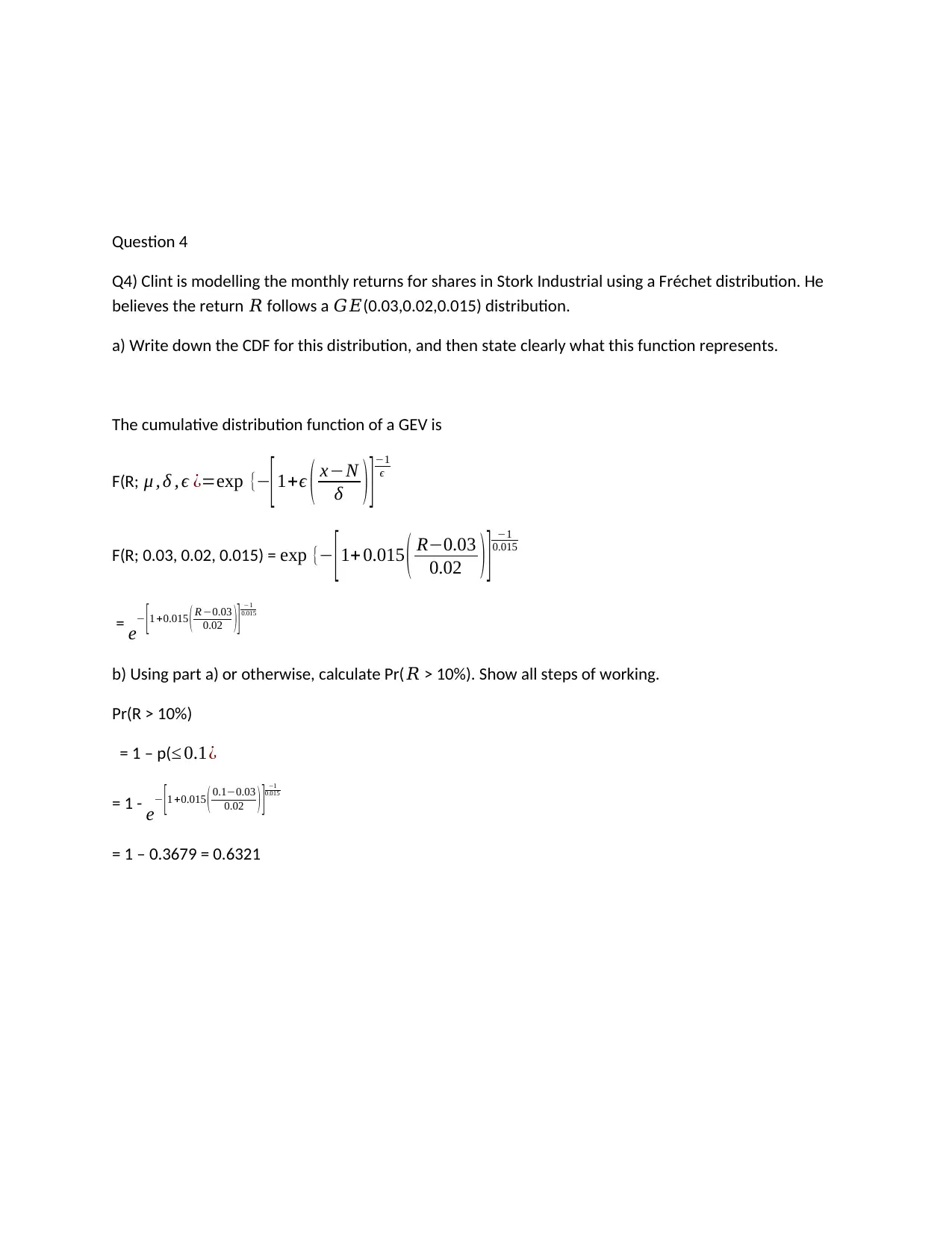

![[object Object]](/_next/static/media/star-bottom.7253800d.svg)